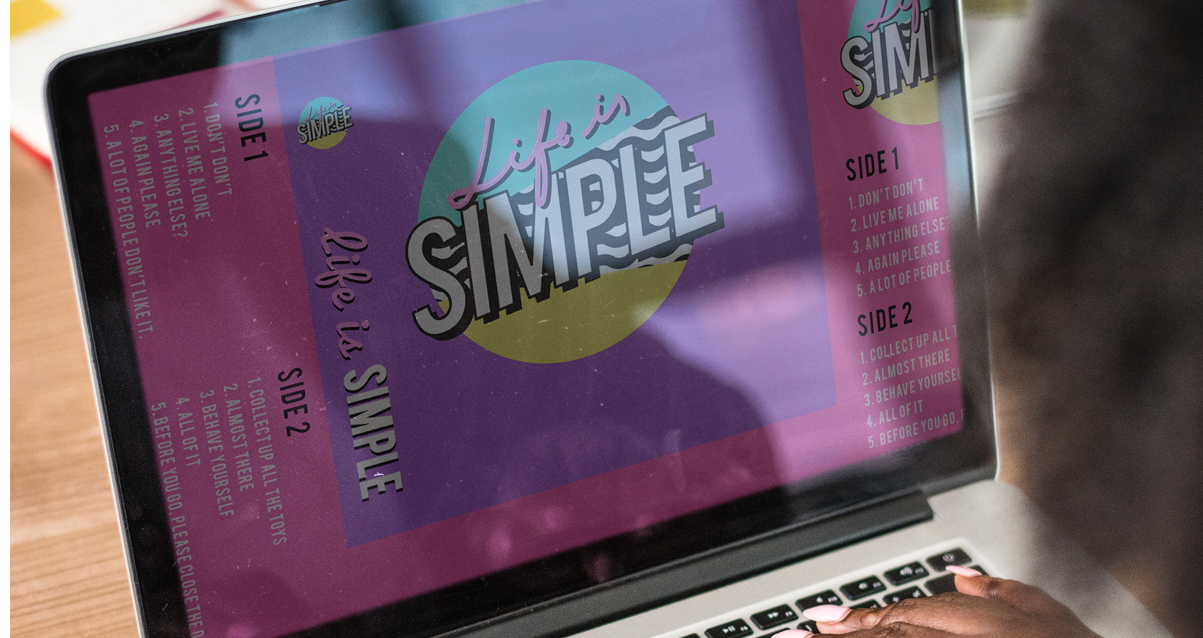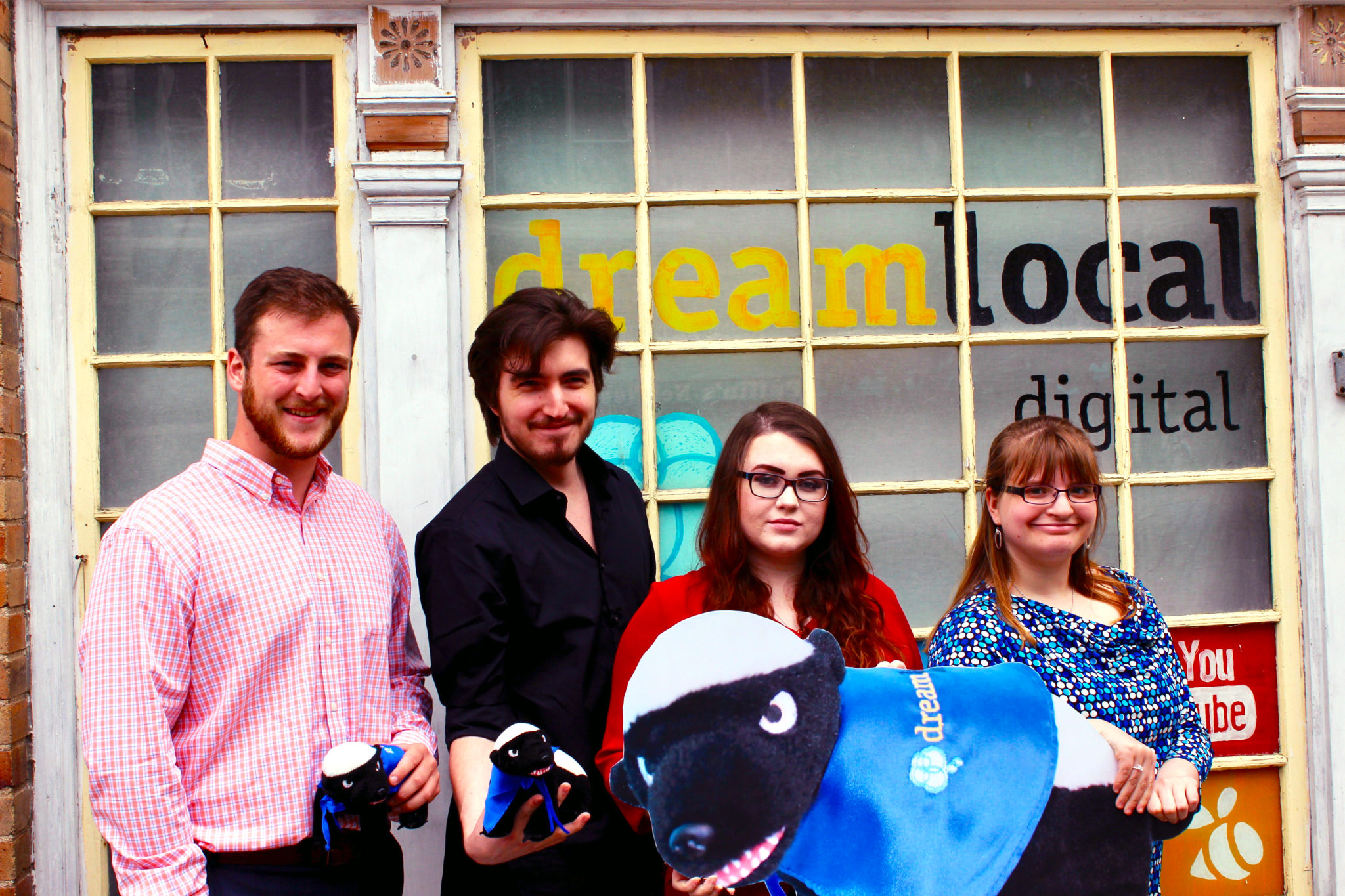Social Media Marketing Lessons from #6SecondScience

Vine was released in January of this year, and has received mixed reviews over the last nine months. The social video platform, acquired by Twitter, allows users to share six seconds of unedited, unfiltered video. The sole control the creator has is determination of brief “scene” beginnings and ends. The film loops infinitely much like a GIF image. There are more than 13 million users on Vine, and it was the top free downloaded app in April 2013.
The platform has brought challenges for those interested in Vine as a brand tool. How do you advertise your company, or tell a story relevant to your audience, in six seconds? Some corporations are already on board, such as The Gap, The Humane Society, and NBC. Celebrities use the platform to further their own brands, sharing shout-outs with fans or promoting their TV show or movie. With 87% of marketers using video to market online, there are many clever ways the public and advertisers have used Vine, but none like the recent viral Vine campaign from General Electric.
GE hosted a digital science fair on Twitter, called 6 Second Science. The “fair” ran from August 8th-15th, and drew over 100 Vine videos in the first day. They received more than 600 in a week. They curated the best videos on a Tumblr, and shared science “recipes” with users who chose not to create their own experiment. As GE put it, “Volcanoes erupted, rockets launched, and eggs became rubber while other things glowed, decayed, expanded, or melted – all in six seconds.” The first online science fair ended, and the buzz continues on. What did GE do right? What can we learn from their success?
They came prepared.
Image: Flickr, Jeff KeyzerGE knew that if they were going to encourage others to play their game of #6SecondScience, they would have to help their audience. Not everyone is inclined to create tiny science experiments, and if you don’t have the time to think one up you are much less likely to participate in the science fair. So GE provided a set of recipes for users to jump off of, allowing them to create replicas of basic science experiments and share their own versions on Vine. They prepared a platform for their participants to stand on, instead of asking for customer creations made from scratch. This also means they had something for everyone, so creative folk who wanted to make their own experiment or users who just wanted to make something fun from an experiment recipe both had a chance to engage.
They highlighted the customer’s content.
Often, when you ask the customer to create something and share in your contest they are hesitant. This is a tough call to action for many advertisers, and the trick is to engage without intrusion. The online science fair was all about what the customer could do. This creates an economy for the customer to interact with. GE did a wonderful job of highlighting their favorite #6SecondScience Vines on their curated Tumblr. Other channels like Mashable and Yahoo made their own “Best Of” lists, and soon the users were competing for visibility so their experiments could be featured somewhere online. GE asked for the user’s time, but gave them a highlight and attention in return. This is all your customer is looking for. They want the attention and recognition of the business they’re interacting with.
They used a custom hashtag, and well.
A hashtag on Twitter is a powerful tool that reaches into the database of millions of “Tweets” and categorizes them based their “hashtag,” a # symbol followed by a word. An example of this is #food, which returns millions of tweets with users who are sharing meals, companies sharing products, and bloggers sharing recipes. To create a custom hashtag is to define your own category on Twitter, the same thing as carving your own name into the town square’s big oak tree when you were a kid. Everyone knows you’re there. GE stole the day by choosing a hashtag that was easy to remember, fun, and alliterative, which we know is a powerful memory tool.
They took something classic and made it fresh.
GE knew they had to create something fun for their audience to interact with. When their first #6SecondScience Vine video was produced, it was a one-off. The response was so excellent they chose to take a classic practice, the science fair, and make it a digital campaign. Users could promote something that sounded fun and reminded them of their childhood – a science fair. The project was educational and easy to follow, yet still fun and creative. GE made science fairs fresh. They took them out of the local school gym and brought it to the digital world, with rousing success.
Can six seconds of video promote a brand? Absolutely. A successful social media campaign is about what your audience looks for, and is interested in. Take something classic and recreate it; run a campaign that engages your customer because it highlights their connection with you. GE’s campaign highlighted their love of science, and their customers’ love of science. Unite yourself with the customer’s story so they can be a part of yours. When you show them a unified story, you cultivate a loyal advocate and powerful promoter. Next time you’re considering a campaign, think about how you can tell the customer’s story alongside your own.
Newsletter Signup
Stay up to date on the latest digital marketing news, updates, and more. Sign up to receive our newsletter!




